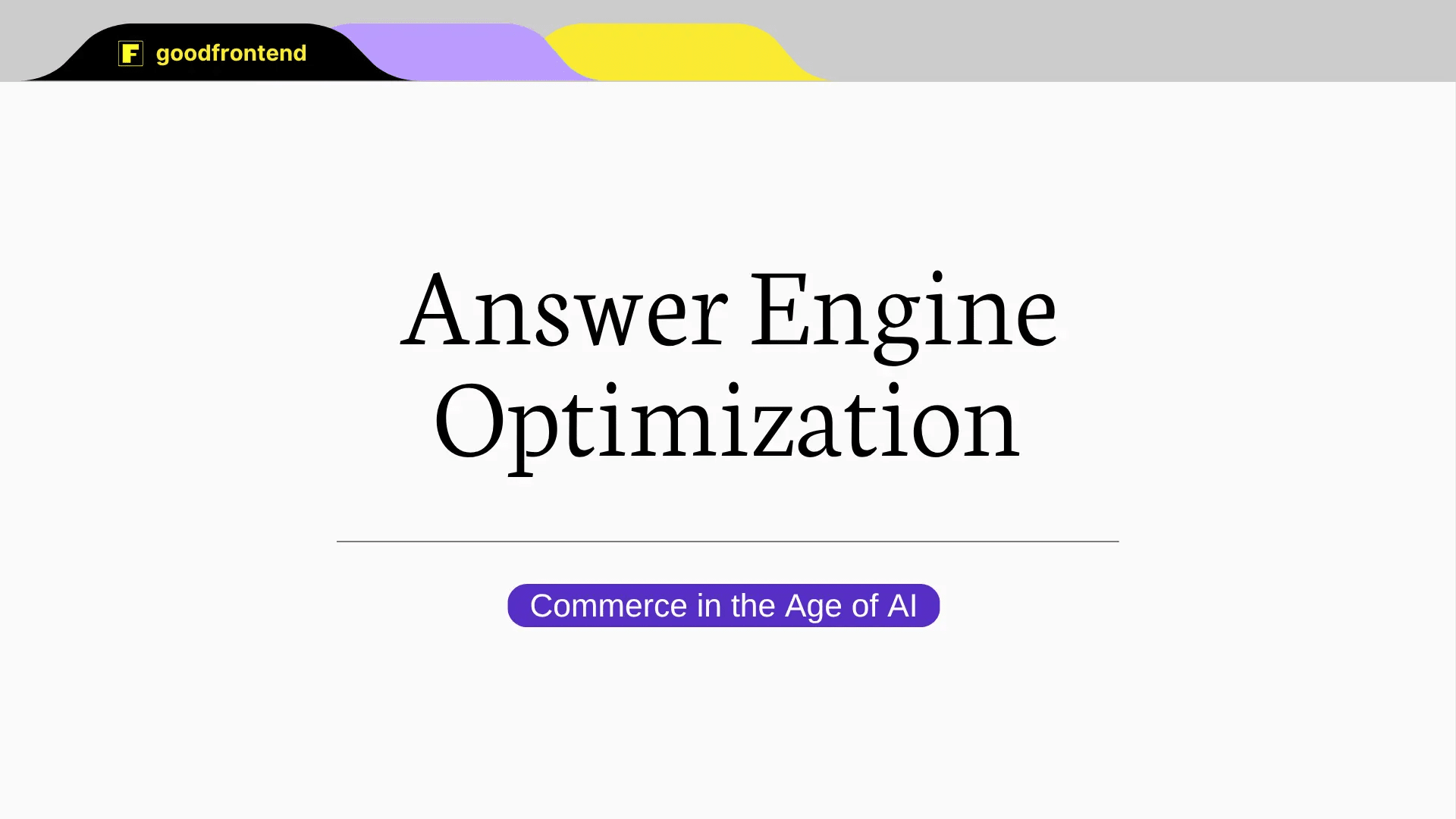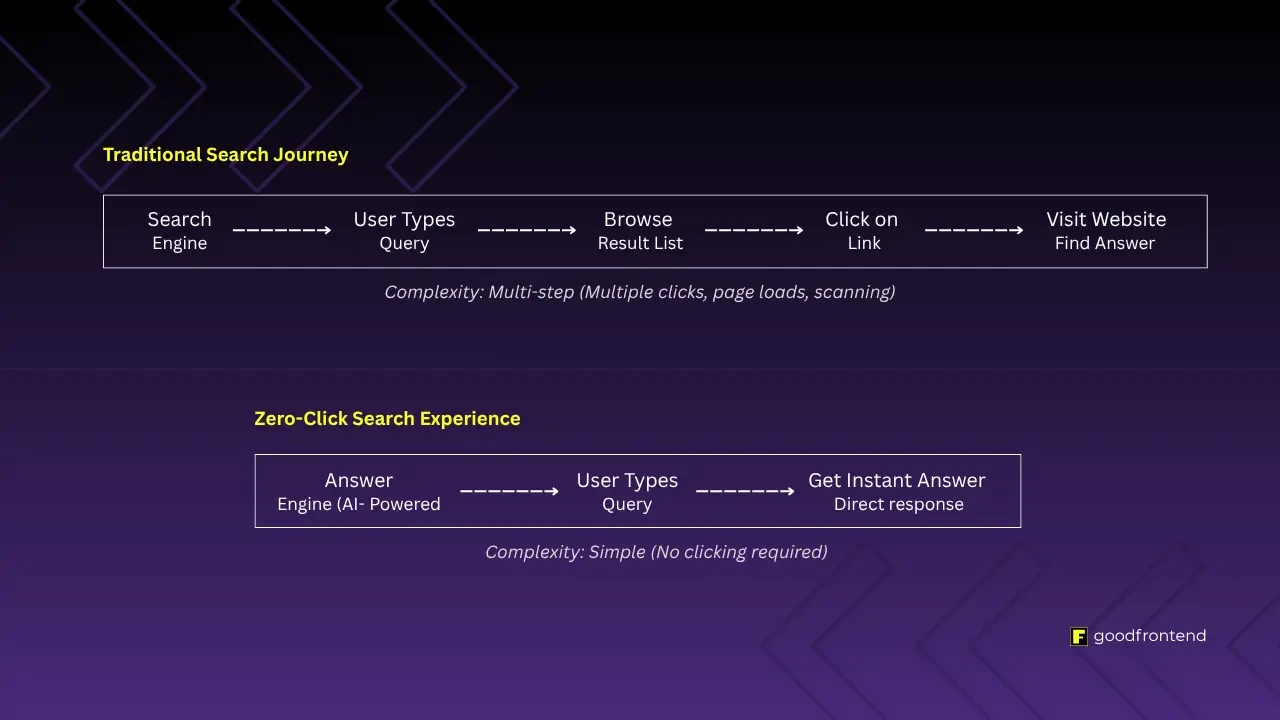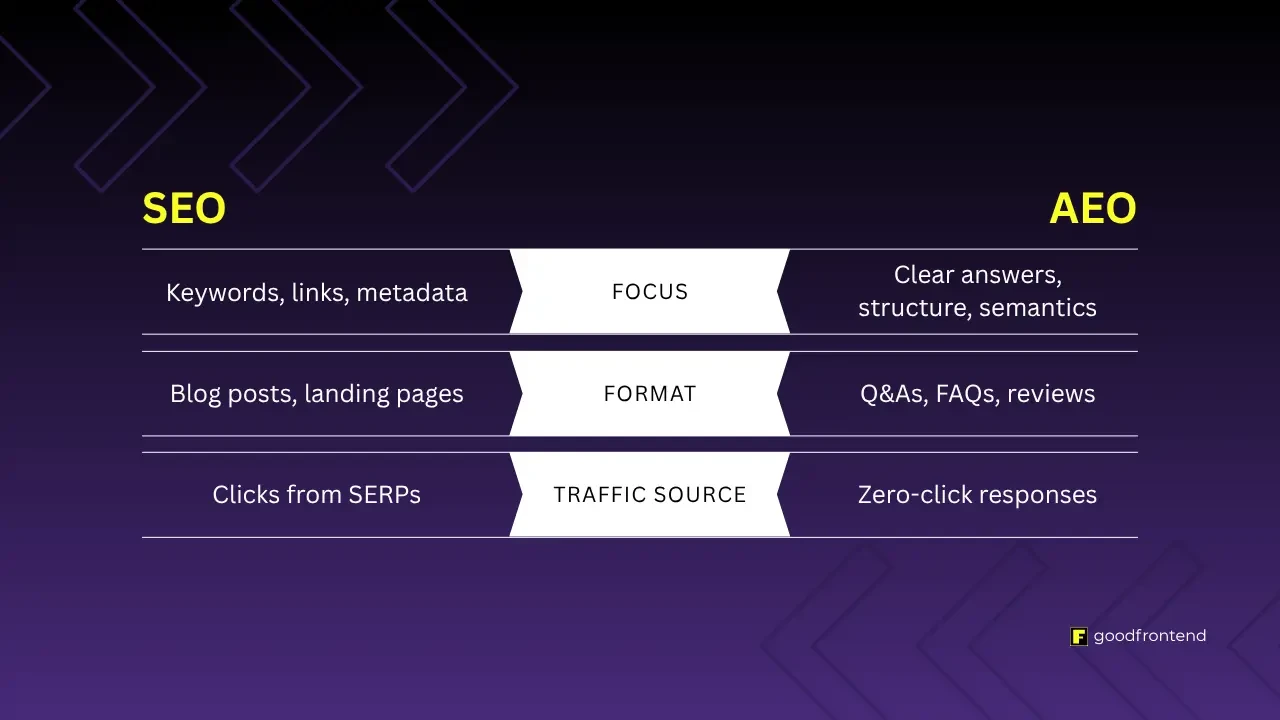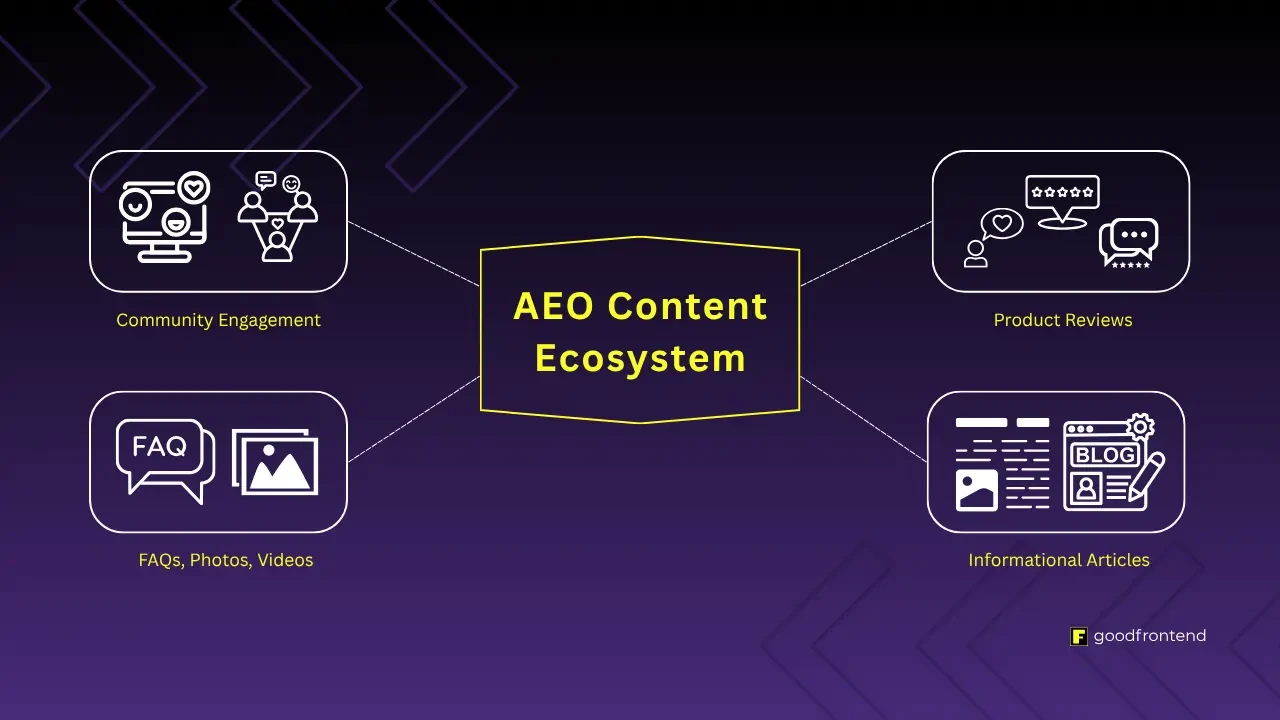
What is Answer Engine Optimization (AEO) and Why It Matters in the Age of AI
As AI continues to transform how people search online, a new form of content strategy has emerged: Answer Engine Optimization, or AEO. Unlike traditional Search Engine Optimization (SEO), which aims to improve website rankings on search results pages, AEO is about providing direct, accurate, and concise answers to user questions without the user having to click a link.
From Search Engines to Answer Engines
In the traditional search journey, search engines typically return a list of websites with the most relevant website to your query at the top of the list. But answer engines like ChatGPT, Perplexity, Gemini, Meta AI, and even AI-powered assistants like Siri and Alexa aim to give users immediate, human-like responses which eliminates the need for clicking on websites entirely. This shift toward zero-click answers is changing how users interact with the web.
For example, ask Google “What’s the air fryer setting for bacon?” and you’ll likely get a clear answer with its AI Overview feature without needing to visit a website or watch a video. That’s AEO in action.

SEO vs AEO: What’s the Difference?
Though they share common ground, SEO and AEO differ in key ways:
- SEO focuses on keyword trends, link-building, and optimizing for search engine algorithms
- AEO focuses on answering user questions directly, using clear language that AI models can understand even if exact keywords and search phrases aren’t present
In short: with SEO we optimize content for algorithms, with AEO we optimize content for people.

A 5-Step Framework for AEO
Here’s a simple framework (from NoGood.io) for optimizing content for answer engines:
- Research & Analyze – Identify what users are likely to ask. Instead of just keyword research, explore common questions around your product or service.
- Create Semantic Content – Write structured, helpful content that directly answers those questions. Think FAQs, how-tos, and guides.
- Technical Optimization – Ensure your site is fast, mobile-friendly, and accessible. Consider emerging standards like llms.txt to make content more AI-friendly.
- Distribute & Build Authority – Engage with customers on social media. AI engines prefer brands that are frequently and positively mentioned across the web.
- Measure & Iterate – Track your visibility in answer engines and refine your strategy.
Implications for Businesses
The rise of answer engines may mean many different things for your business. The content that businesses should build in the age of AI will need to cater to language-learning models instead of computer algorithms.
- Fewer Website Visits – With user queries being answered instantly by answer engines and AI chatbots, traffic to your website may decrease due to users no longer having to click on website links to get to the answers they are seeking.
- Off-Site Reputation Building – Fewer website visits means that your brand should be able to use other platforms apart from your website to build community and credibility.
- Off-Site Mentions Matter – AI can recognize brand mentions even without backlinks. Building positive sentiment online is critical to answer engine visibility.
- Content Depth Wins – Informational, intent-driven content ranks better in AI-powered results. Think blog posts answering specific user questions and dive deeper by answering what other related questions they may have.
- User-Generated Content is Key – Product reviews, Q&As, and user-submitted videos or photos enhance discoverability and trust. AI often pulls answers straight from these sources.

Looking Ahead: The Future of AEO and Commerce
As AI and AI tools continue to evolve, AEO in the context of e-commerce will likely change shape. Here are a few trends that we may see more of in the future:
- Multimodal Optimization – Increasing AI capability in analyzing videos, images, and audio will mean that multimodal content will need to be optimized as well. Make sure that the assets you use on your website clearly support your messaging.
- Shopping with AI – Customers may start expecting smart, conversational shopping on your website. There’s a growing market for AI agents that are not only AI-powered customer service agents but also AI-powered shopping assistants that can handle cart actions, product discovery, and checkout.
- Community-Led Strategies – In the context of AEO, user-generated content provides more value than you may think. More and more brands will turn to community platforms, review engagement, and creator partnerships to fuel visibility, credibility, and build up reputation especially among consumer communities.
- Specialized Search Platforms – In the new age of search, platforms like TikTok, Reddit, Instagram, and Pinterest are becoming discovery hubs where users go to learn about brands or find a product that they’re looking for. Smaller brands may bypass traditional websites altogether and instead use Instagram or TikTok as their main business platform.
- Novel Shopping Experiences – With the unbundling of search and the rise of specialized search platforms, customers may start to prefer shopping from online marketplaces like TikTok, Shopee, or Lazada where user-generated content is usually in abundance. Businesses may need to create novel shopping experiences to keep customer loyalty and entice customers to shop from their storefronts.
- AI Regulation – With answer engines relying somewhat heavily on user-generated content, businesses must guard against bots and manipulation. Technical safeguards and regulatory compliance will be increasingly important. As AI becomes more widely used, there will be a need for stricter rules and regulations.
Final Thoughts
AEO is not just a buzzword—it’s a fundamental shift in how content is discovered and consumed. Businesses that embrace this change by creating helpful, human-friendly content and engaging authentically across platforms will be the ones that thrive in the AI-powered future.
About the Contributor
 Riyana Elizabeth GuecoView ProfileFrontend Engineer
Riyana Elizabeth GuecoView ProfileFrontend Engineer
Discuss this topic with an expert.
Related Topics

Boosting Website Performance with Lazy LoadingLazy loading is a web optimization technique that delays the loading of non-critical resources until they are needed. In this article, we take a deeper look at the benefits of lazy loading and how to implement this for your website.

Slow Websites Are Killing Your AI Conversions: The Hidden Costs of Poor PerformanceWhile companies race to adopt AI, they often overlook a fundamental and timeless factor: website performance.

Essential Guide to Core Web Vitals: Part 3Know your vitals: CLS